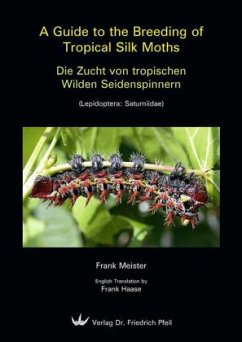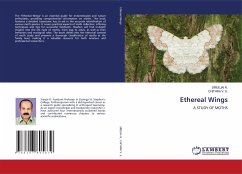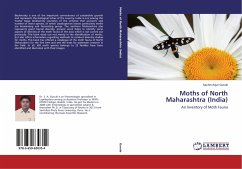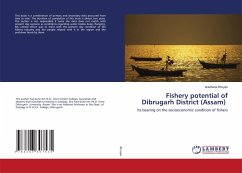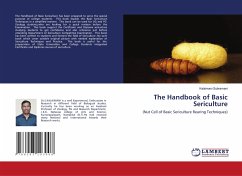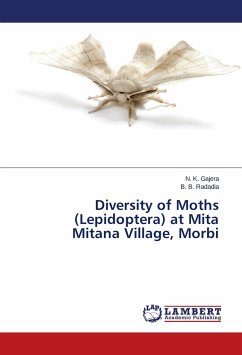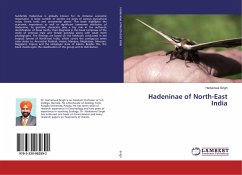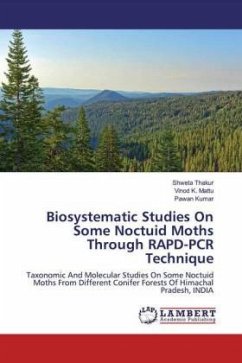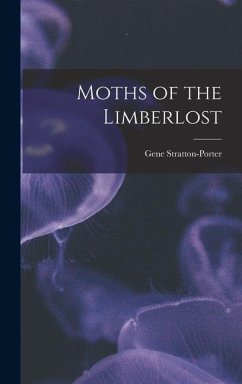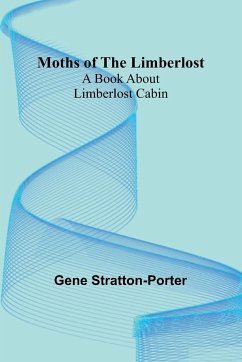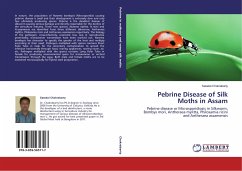
Pebrine Disease of Silk Moths in Assam
Pebrine disease or Microsporidiosis in Silkworm, Bombyx mori, Antheraea mylitta, Philosamia ricini and Antheraea assamensis
Versandkostenfrei!
Versandfertig in 6-10 Tagen
51,99 €
inkl. MwSt.

PAYBACK Punkte
26 °P sammeln!
In nature, the population of Nosema bombycis (Microsporidia) causing pebrine disease is small and their development is extremely slow and only few ultimately producing spores. Pebrine is the deadliest disease of silkworm causing serious damage and directly responsible for the decline of the sericulture industry. Three new species, Nosema mylitta, N.ricini and N.assamensis are identified from three different silkworms, Antheraea mylitta, Philosamia ricini and Antheraea assamensis respectively. The biology of the pathogen, cross-infectivity, economic loss, loss in reproductive potentiality, tran...
In nature, the population of Nosema bombycis (Microsporidia) causing pebrine disease is small and their development is extremely slow and only few ultimately producing spores. Pebrine is the deadliest disease of silkworm causing serious damage and directly responsible for the decline of the sericulture industry. Three new species, Nosema mylitta, N.ricini and N.assamensis are identified from three different silkworms, Antheraea mylitta, Philosamia ricini and Antheraea assamensis respectively. The biology of the pathogen, cross-infectivity, economic loss, loss in reproductive potentiality, transovarian transmission have been worked out. Nosema bombycis has character to specify the gender of the host and multiply according to their need. Pathogen multiplied with spores contains Short Polar Tube in male for the secondary contamination to spread the infection horizontally through food, rearing appliances, rearing room, air, etc. Pathogen multiplied with the spores contains Long PolarTube in female for producing environmental spore for transovarian or vertical transmission through the eggs. Both male and female moths are to be examined microscopically for hybrid seed preparation.



